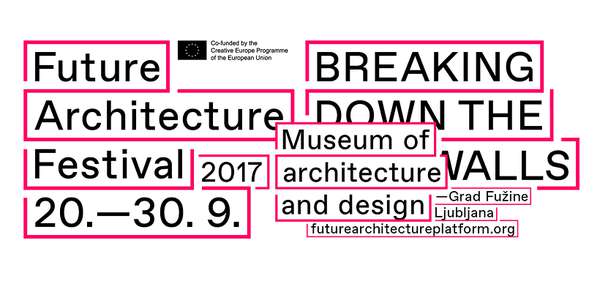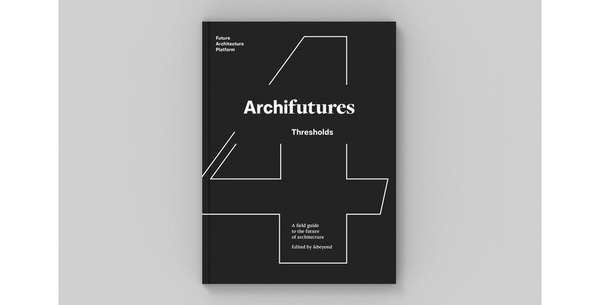Idea by
blanca pujals
Call for ideas 2017
Bodily cartographies
Bodily cartographies

The research started in 2012 conducted around the relationship between the architectural anthropometric archetypes embedded into the process of design, and the anthropo-biometric criminologists from the 18th Century. The project examines critically their approaches to measure, normalize, standardize and segregate bodies and behaviours. These massive data collection statistics transcribe a speculative cartography of our environment through architecture. Architecture becomes a speculative technology for ergonomic urban models for the typological archetype. Furthermore, it produces and reproduces invisible and visible borders on bodies, cities and territories. However, the project explores systems of actans (actor-network theory) and hybrids (B. Latour) connected through an indeterminate and vulnerable territoriality: a web of interspecies dependence. Matter (such as the body, organisms or chemical particles) moves increasingly toward a hybrid, ungraspable state.
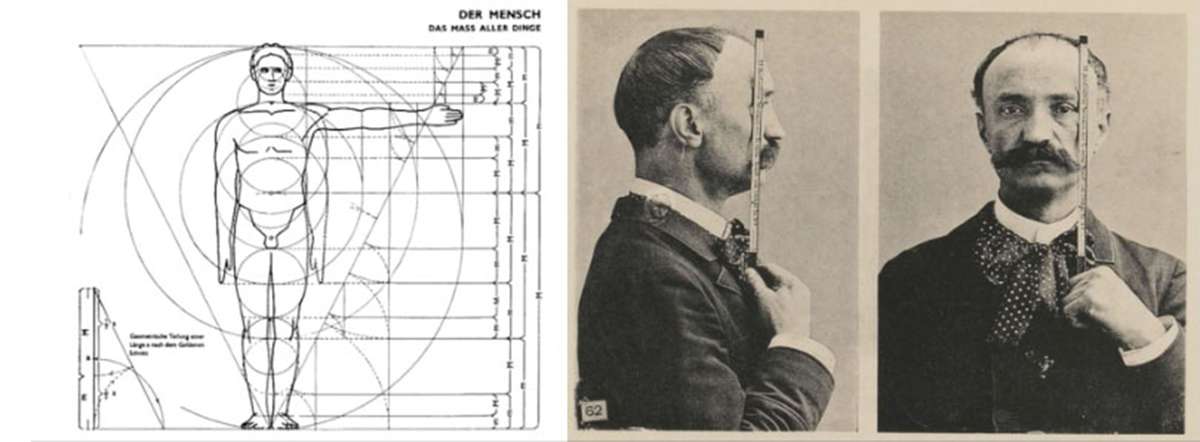
Architects' data handbook. Ernst Neufert.1936. Judicial Photography Photo. Alphonse Bertillon. 1890.
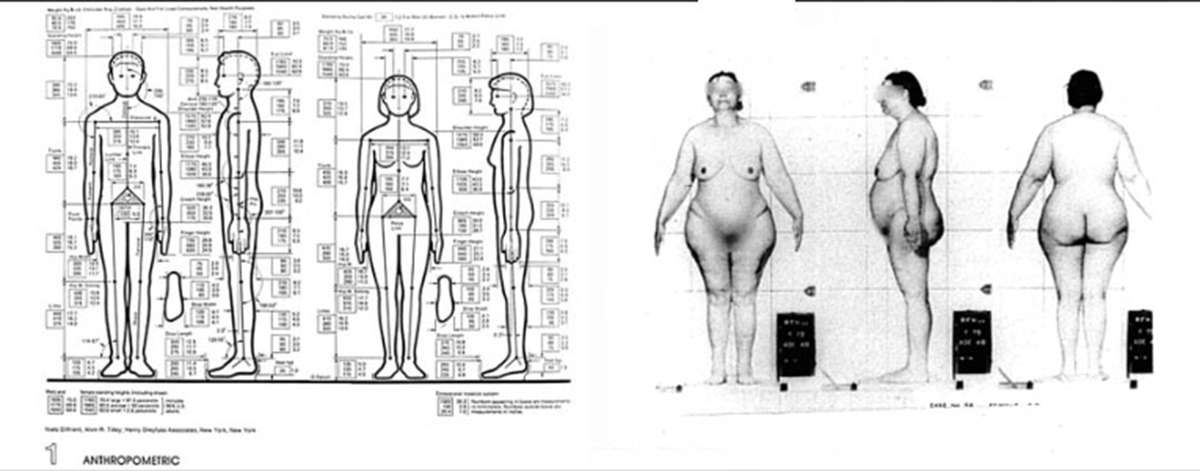
Architectural Graphic Standards. Charles George Ramsey. 1932. Somatotype. John Lister. 1951.
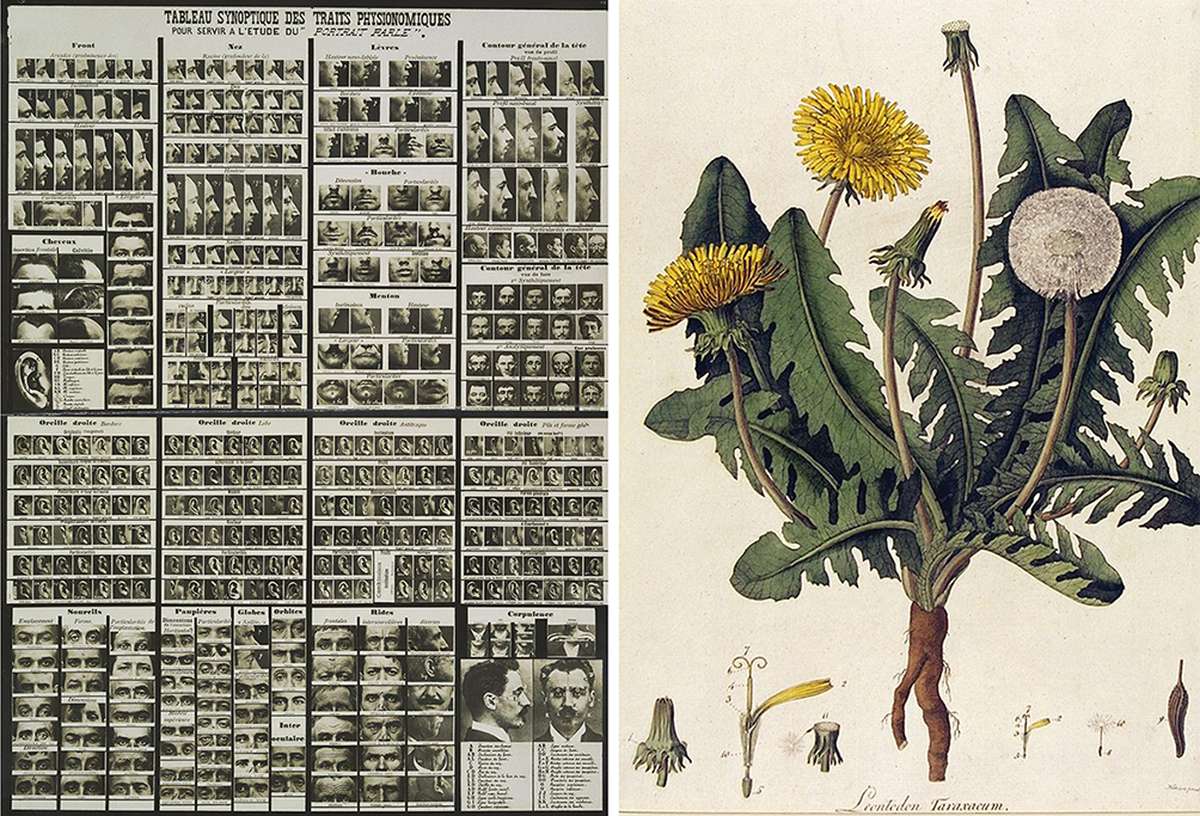
Alphonse Bertillon, “Summary Chart of Physical Traits for the Study or the 'Portrait Parlé,'. 1909. Botanical weed drawing.

Still of the videoinstallation ‘’Specular technologies: the construction of fear and desire’’. Blanca Pujals, 2015.
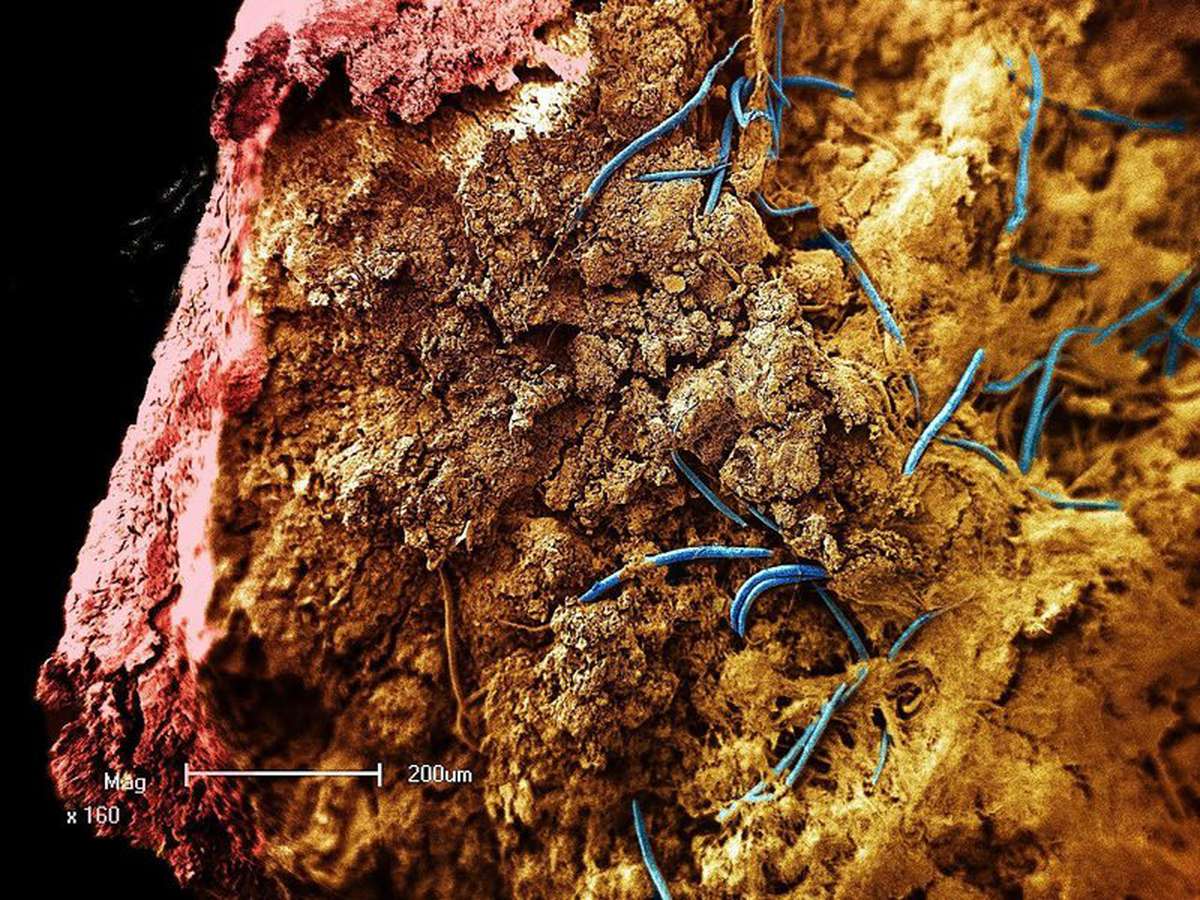
Nematode stalactite
Bodily cartographies
Bodily cartographies

The research started in 2012 conducted around the relationship between the architectural anthropometric archetypes embedded into the process of design, and the anthropo-biometric criminologists from the 18th Century. The project examines critically their approaches to measure, normalize, standardize and segregate bodies and behaviours. These massive data collection statistics transcribe a speculative cartography of our environment through architecture. Architecture becomes a speculative technology for ergonomic urban models for the typological archetype. Furthermore, it produces and reproduces invisible and visible borders on bodies, cities and territories. However, the project explores systems of actans (actor-network theory) and hybrids (B. Latour) connected through an indeterminate and vulnerable territoriality: a web of interspecies dependence. Matter (such as the body, organisms or chemical particles) moves increasingly toward a hybrid, ungraspable state.
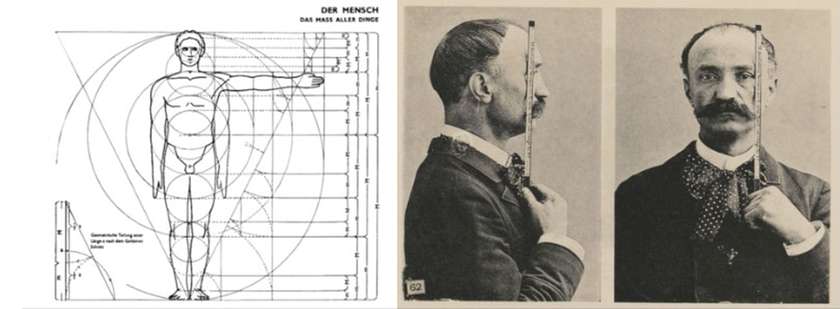
Architects' data handbook. Ernst Neufert.1936. Judicial Photography Photo. Alphonse Bertillon. 1890.
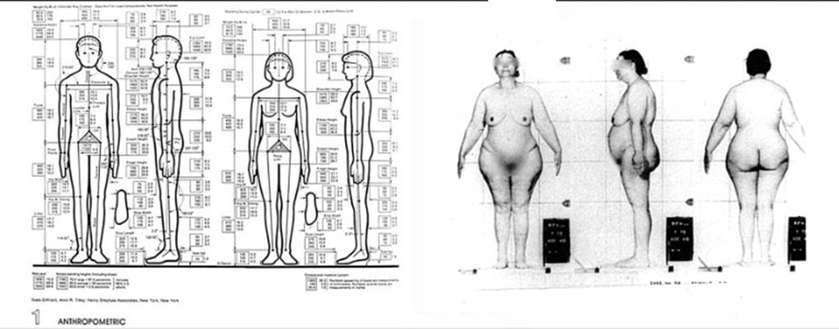
Architectural Graphic Standards. Charles George Ramsey. 1932. Somatotype. John Lister. 1951.
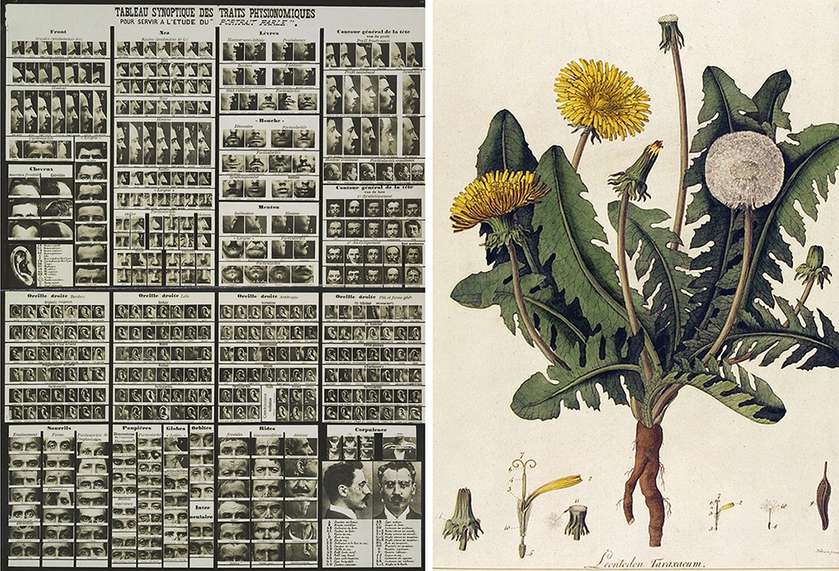
Alphonse Bertillon, “Summary Chart of Physical Traits for the Study or the 'Portrait Parlé,'. 1909. Botanical weed drawing.

Still of the videoinstallation ‘’Specular technologies: the construction of fear and desire’’. Blanca Pujals, 2015.
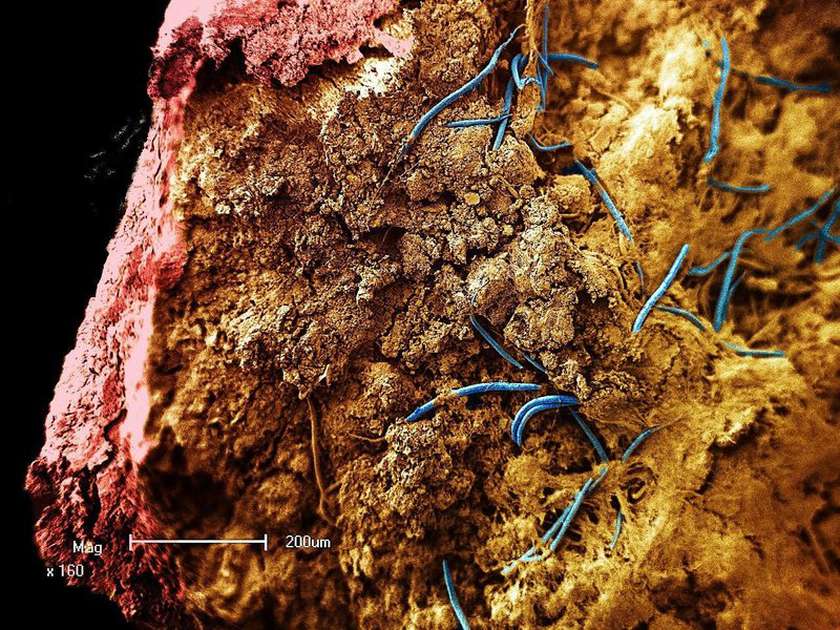
Nematode stalactite
